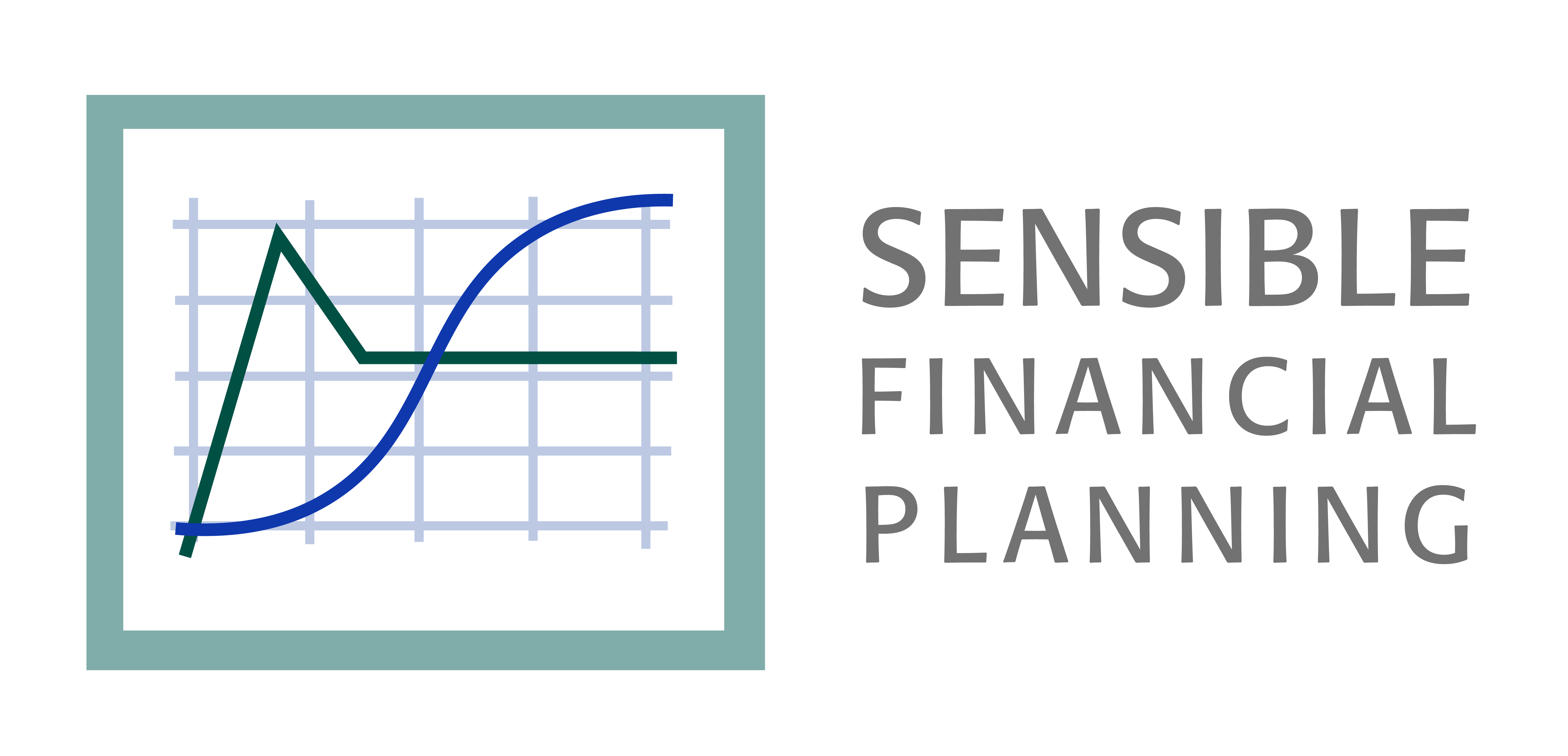
President Biden signed the SECURE Act 2.0 into law in the waning days of 2022. The law makes many changes to the retirement planning space, building on the initial SECURE Act of 2019. It largely increases flexibility and tries to bolster Americans’ readiness for retirement. In this article I will summarize the most pertinent aspects of the law.
Required Minimum Distribution (RMD) changes
Prior to the new law, Americans were required to take RMDs out of their retirement accounts starting the year they turned 72. The SECURE Act 2.0 increases the RMD age in phases. Congress increased the RMD age 73 beginning January 1st of 2023. In 2033, the age will increase to 75. This offers greater flexibility for those who do not need the income. Beginning in 2024, RMDs will no longer be required from qualified employer Roth plans (like 401(k)s or 403(b)s). Roth 401(k)s will join Roth IRAs in this regard, which do not currently have RMDs.
The penalty for failure to take an RMD will decrease from 50% to 25% of the amount that one should have withdrawn. In addition, the penalty will be reduced to 10% if one withdraws the RMD previously not taken and files a corrected tax return in a timely manner.
Catch-up contributions
Beginning at age 50, people can make additional (“catch-up”) contributions to retirement plans. The new law makes two changes.
In 2025, the catch-up amounts to retirement plans will increase for those aged 60-63 to the greater of $10,000 or 50% more than the current catch-up amount. This amount, ($10,000) will be indexed for inflation, as will the current $1,000 IRA catch-up amount. Currently the 401(k) catch-up amount is $7,500 for anyone 50 and older.
The law requires that all catch-up contributions for those earning over $145,000 be Roth starting in 2024. The earning threshold will be indexed for inflation. If an employer’s plan does not offer a Roth option, no catch-up contributions would be allowed. Some suspect that this change will encourage more employers to allow Roth contributions.
529 plans
529 plans are tax-advantaged college savings accounts. Parents (generally) put in after-tax dollars and receive tax-free growth if they use the account for qualified education expenses. Previously, if someone saved more than was needed, the gain in the account would be taxed as ordinary income and subject to a 10% penalty when withdrawn for non-qualified expenses. Now, having an account open for 15 years enables the account holder to roll over the 529 assets into a Roth IRA. This offers a reprieve for unused 529 assets, but it is subject to annual Roth contribution limits and a lifetime limit of $35,000 per beneficiary. Experts are unsure whether changing the beneficiary requires a new 15-year waiting period. Note that there is no income limit as there is when contributing to a Roth IRA and the beneficiary must have earned income at least equal to the amount transferred.
Employer retirement plan match
Prior to 2023, employer matching contributions into retirement accounts had to be pre-tax. As of now, employers can make matching contributions to Roth accounts, as well. A matching contribution to a Roth retirement account requires paying income tax now on the employer’s matching contributions.
Starting in 2024, employers can contribute to an employee’s retirement plan as a “match” of the employee’s payment toward student loan debt. Put differently, if an employee is paying down student loans and unable to save to a retirement plan, the employer can begin “matches” to the plan as if the employee were saving into the plan.
401(k) automatic enrollment
Starting in 2025, employers (with some exceptions for small businesses) will have to automatically enroll eligible employees in the employer’s 401(k) or 403(b). Although participants can then opt out of the plan, this change will likely increase participation in retirement plans.
This is exciting legislation. It offers new opportunities to more people and increases accessibility and flexibility! Please do not hesitate to reach out to a Sensible Financial advisor if you have a question.
Photo by Marc Najera on Unsplash
